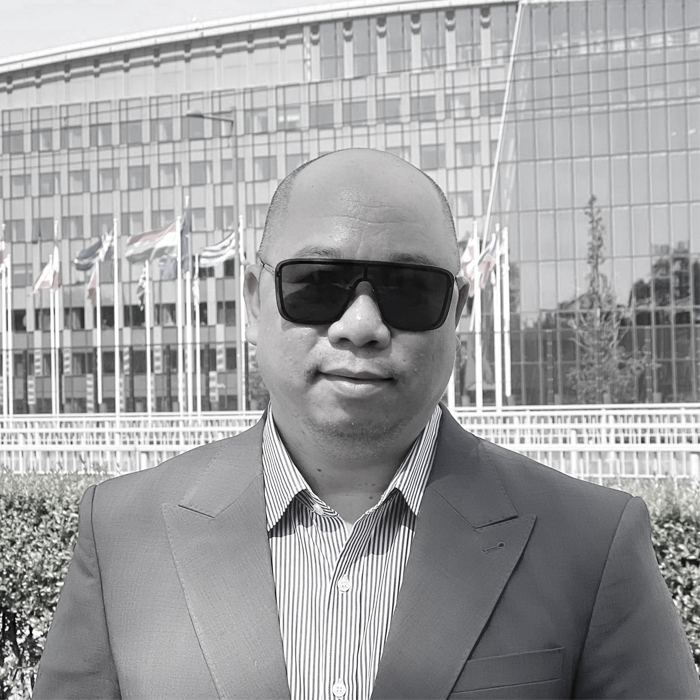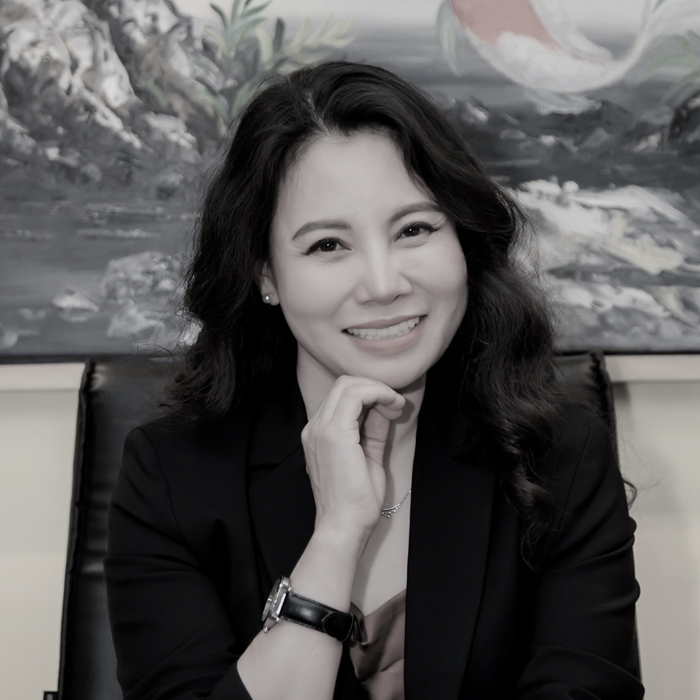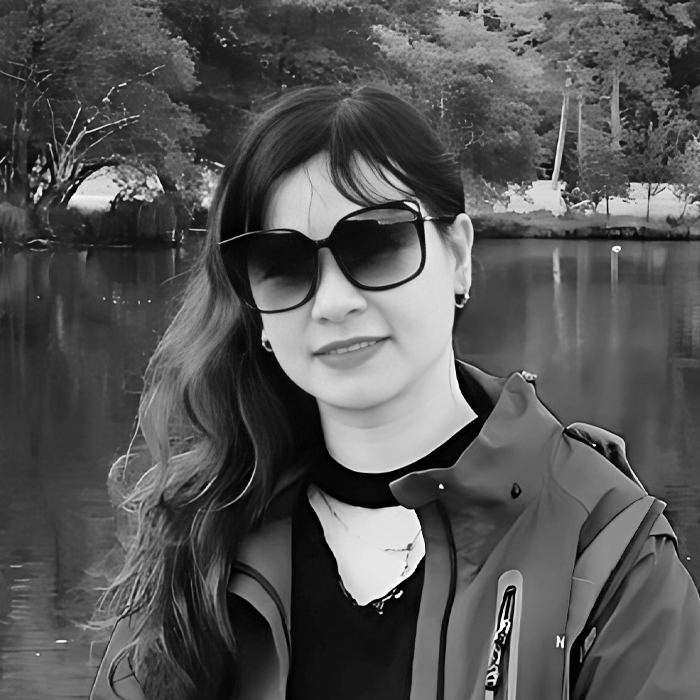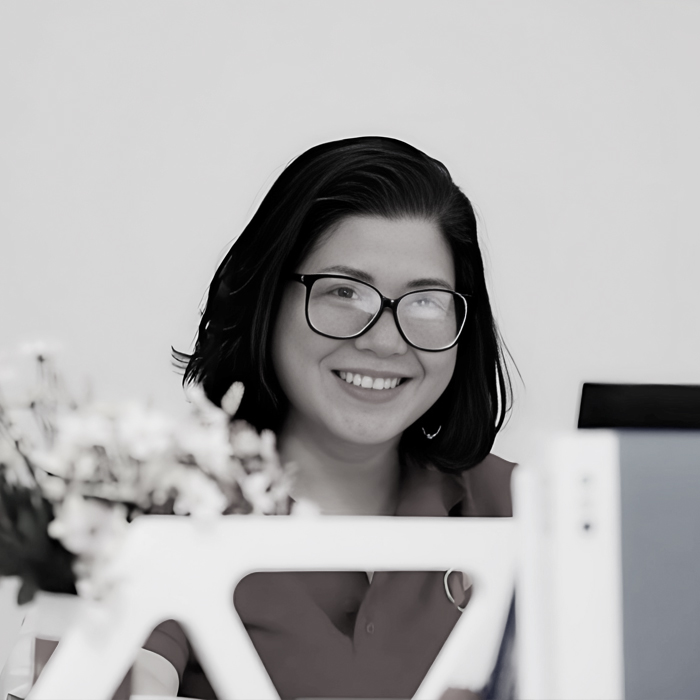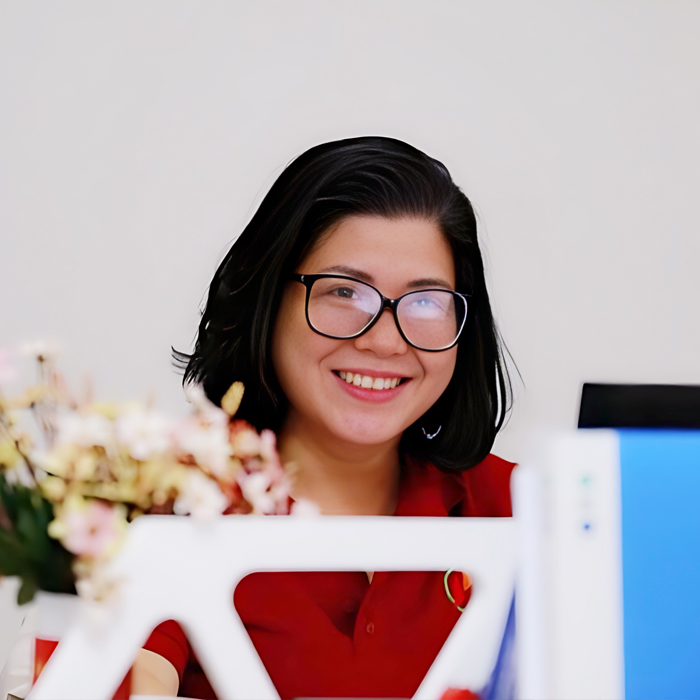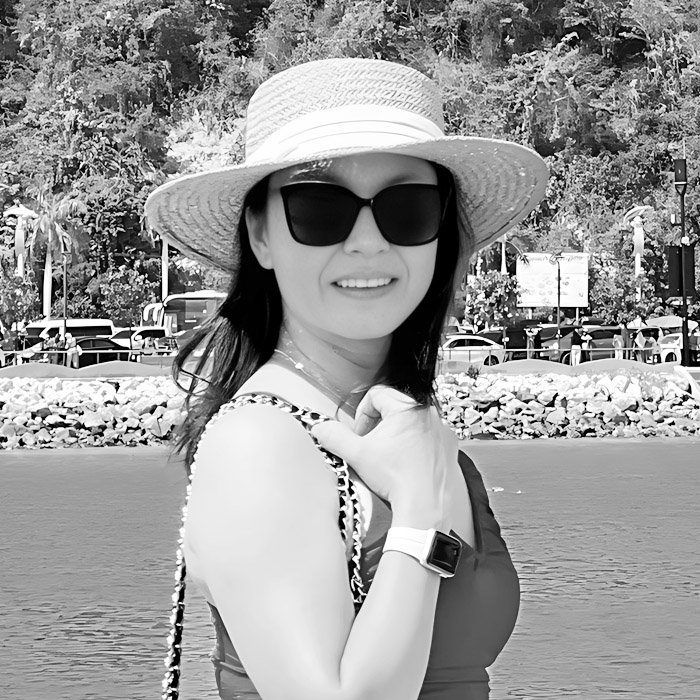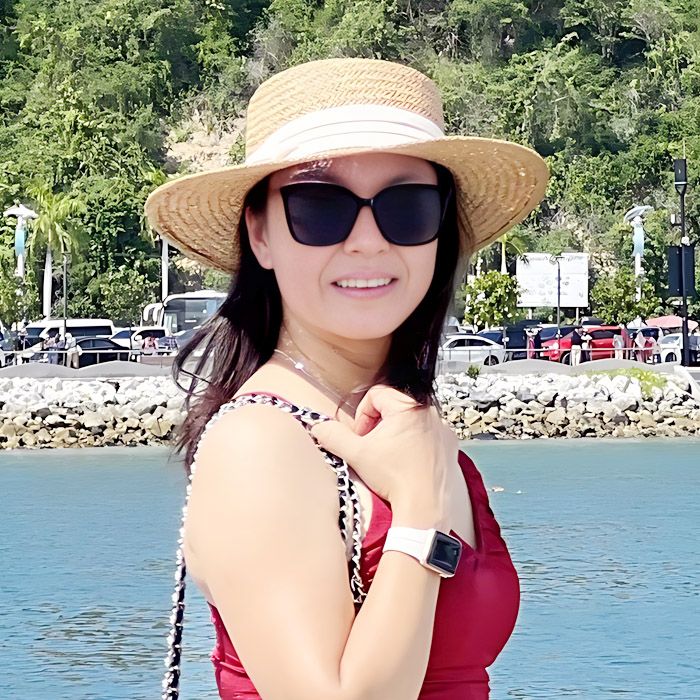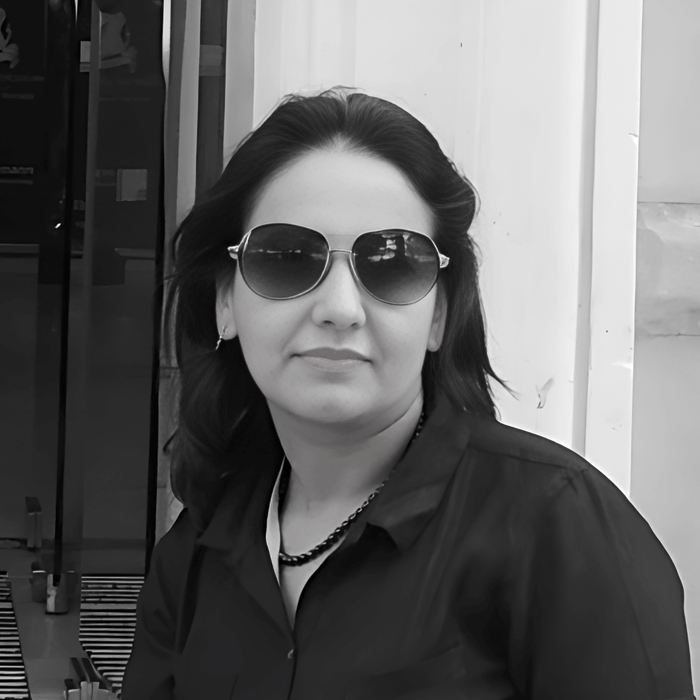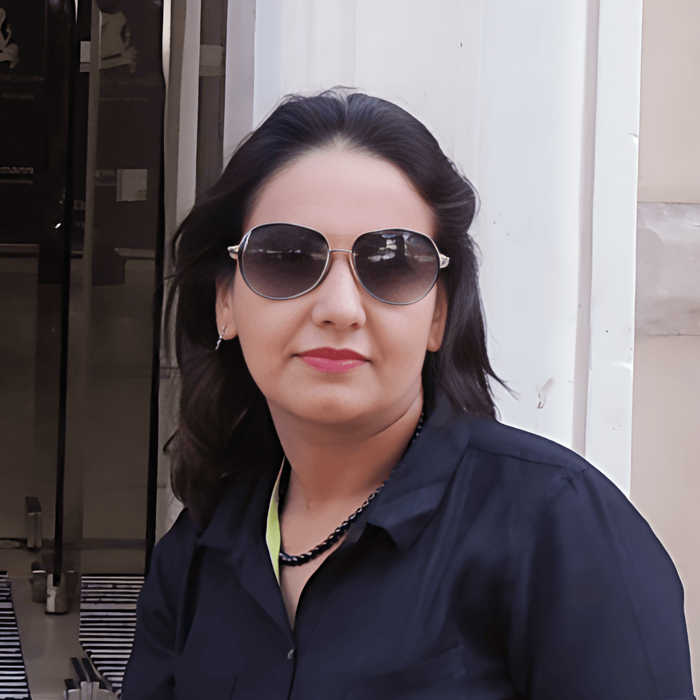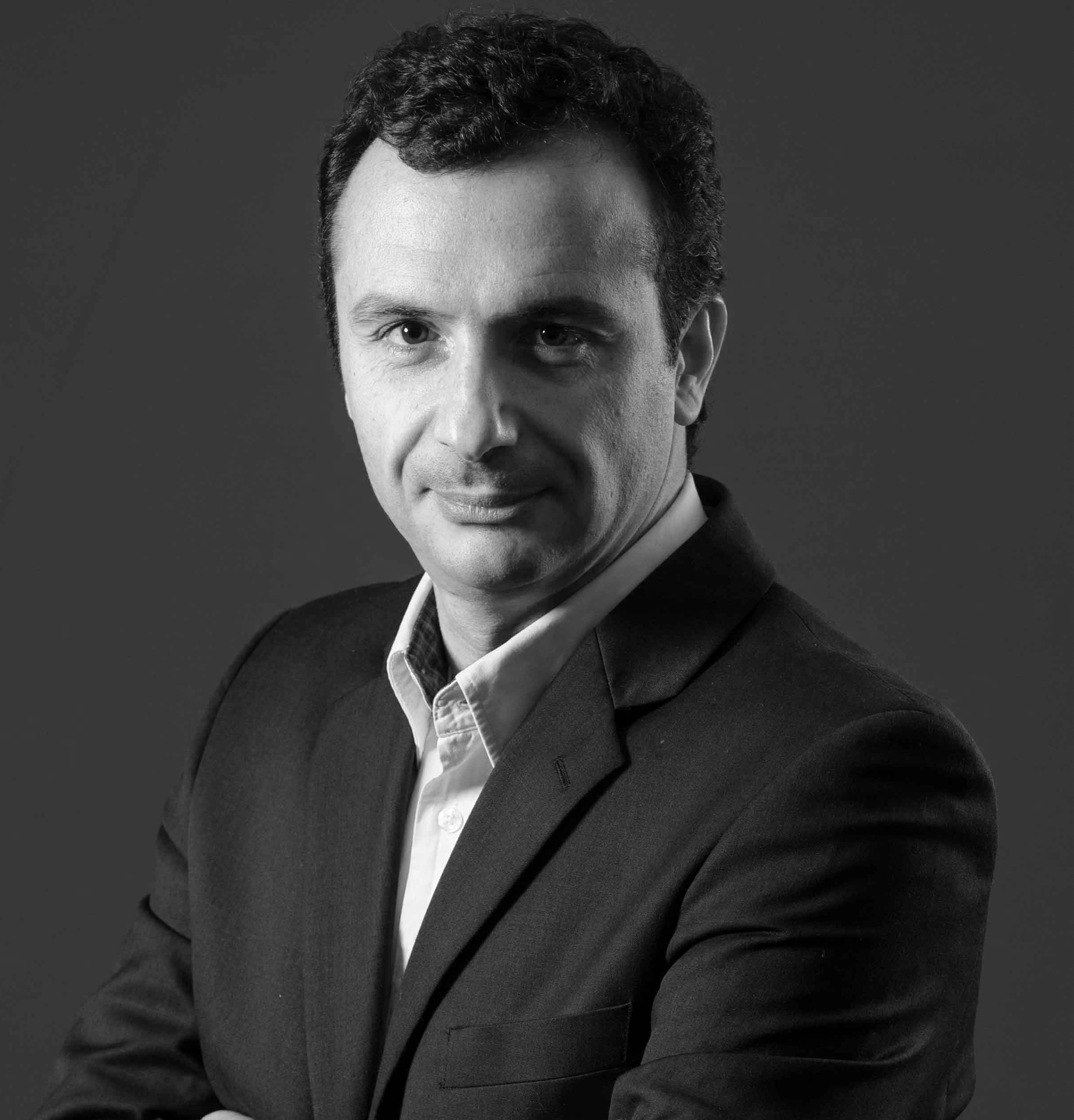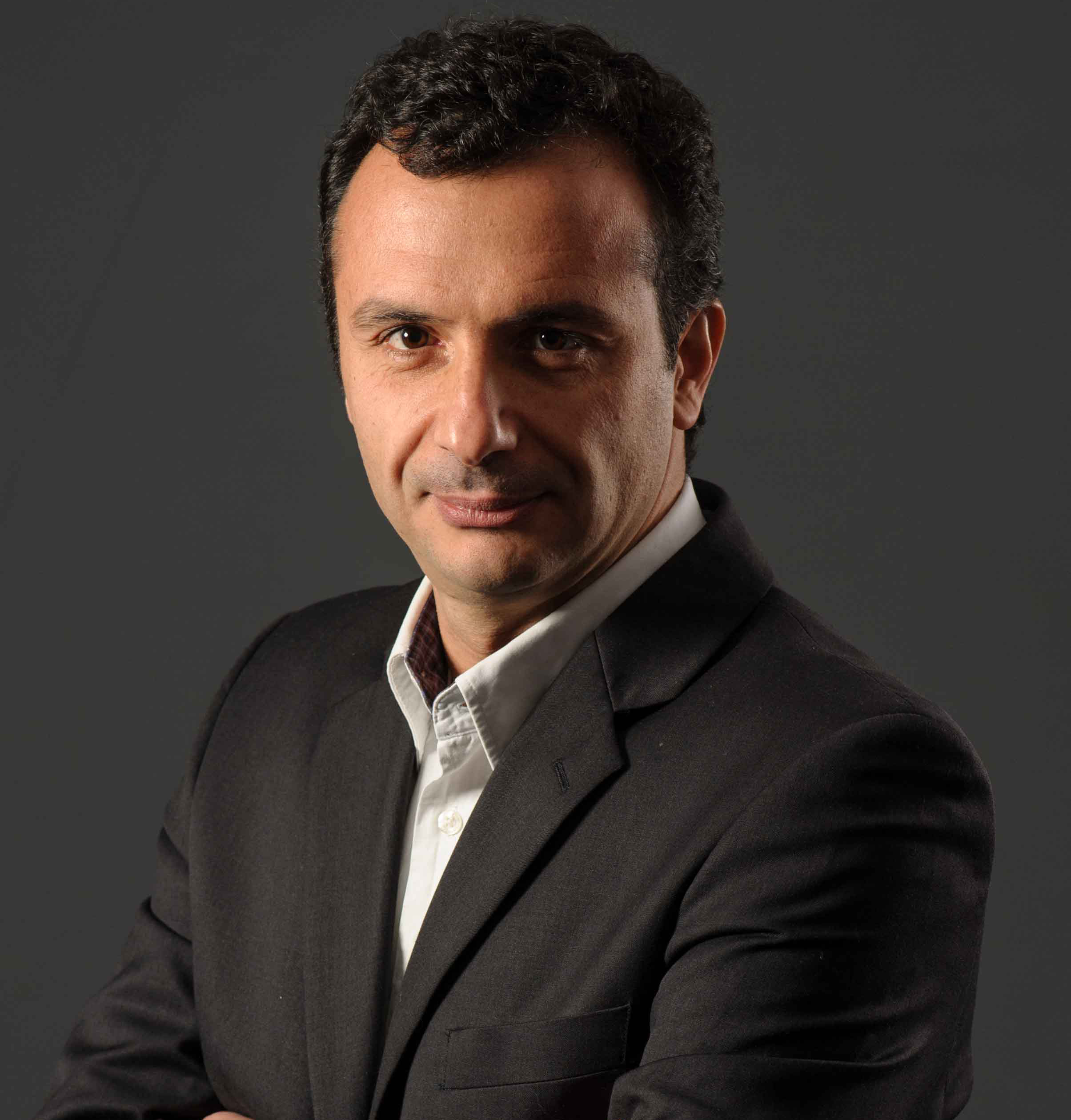Malaysia Travel Guide
Malaysia is a Southeast Asian country consists of thirteen states and three federal territories, which is separately by the South China Sea into two regions: Peninsular Malaysia to the west and Malaysian Borneo to the east.
Kuala Lumpur is its capital and Putrajaya is the seat of the federal government. Malaysia as a unified country did not exist until 1963. Formerly, the country was a set of colonies established by the United Kingdom in the late-18th century, and the western half of modern Malaysia was composed of several kingdoms.
Malaysia is a multi-ethnic and multi-cultural country. It is a bustling melting-pot of ethnicities and religions where Malays, Indians, Chinese, and many other ethnic groups live together in harmony in which the Malays form the majority of the population. The multiculturalism has made Malaysia home to a food paradise and hundreds of colorful festivals. Malaysians are easy-going, warm and friendly.
One of Malaysia’s main attractions is its striking contrast between the modernity and the old world, towering skyscrapers look down upon wooden houses on stilts while luxury hotels locate just some meters away from ancient alleys. Dramatic mountain ranges tower the sky while evergreen jungle sweep the down the floodplains with forest life. And from cool highlands to sandy beaches and rich humid mangroves. To travel Malaysia is to love Malaysia and full of surprises await.
Quick facts
Capital: Kuala Lumpur
Language: Malay (official), English
Ethnic groups: Bumiputera (68.8%), Chinese (23.2%)
Religions: Islam (official), Buddhism, Hinduism, Christianity
Currency: Ringgit (RM or MYR)
Time Zone: UTC +8
Electricity: 220 – 240 V/50Hz
Calling code: +60
Malaysia’s climate is equatorial and characterized by monsoons, being hot and humid year around. The temperatures range from 21oC to 32oC. Higher altitudes mean colder with temperature between 15oC to 25oC.There are two monsoon seasons, from May to September in the south-west, and November to March in the north-east. Each part of the country has different wet and dry seasons. The climate of the west part is directed affected by wind from the mainland, as opposed to the more maritime weather of the east. Generally, the driest times of the year is from January to April.
Local climates can be divided into three regions: highland, lowland and coastal. The coast and the lowland share a similar climate, sunny with temperatures ranging between 23 and 32 °C; while the climate of the highland is cooler and wetter.
Getting to Malaysia
By air
Kuala Lumpur International Airport is the main international airport in Malaysia. It is located in Sepang District of Selangor, approximately 45 kilometers south of Kuala Lumpur.
Malaysia Airlines is the national airline. Most of international and domestic flights between the West Malaysia and the East Malaysia are served by Malaysia Airlines, AirAsia, and Malindo Air while smaller domestic routes are supplemented by smaller airlines like MASwings, Firefly and Berjaya Air.
There are direct flights from Asia and Australia into Penang, Kuching, and Kota Kinabalu. Singapore also has direct flights to Malaysian Borneo and Brunei. KL and Singapore are also good places to buy tickets for onward travel.
By land
From Singapore, visitors can travel overland to almost any place in Peninsular Malaysia in less than a day.
From Brunei, border crossings are possible through Sarawak.
From Thailand, you can cross the border by road to Peninsular Malaysia at Padang Besar, Bukit Kayu Hitam, Rantau Panjang (Sungai Golok on the Thai side) and Pengkalan Kubor.
Besides, you can enter Malaysia by one direct train daily from Bangkok to Padang Besar.
By boat
Boats connect Malaysia to Singapore, Brunei, Thailand, Indonesia.
Getting around Malaysia
By air
The rest of the country is dotted with more than 30 commercial domestic airports, served by Malaysia Air, AirAsia, Firefly, Malindo Air and MASwings (East Malaysia only). The two main domestic operators are Malaysia Airlines and AirAsia. The Malaysia Airlines Subsidiary Firefly has flights from KL (SkyPark Subang Terminal) to Ipoh, Johor Bahru, Kerteh, Kota Bharu, Kuala Terengganu, Langkawi and Penang. It also runs connections between Penang and Langkawi, Kuantan and Kota Bharu, Ipoh and JB, and JB and Kota Bharu.
From Peninsular Malaysia to East Malaysia, it takes about 2.5 hours to fly from Kuala Lumpur to Kota Kinabalu, or an hour and 40 minutes to fly from Kuala Lumpur to Kuching. Flights to East Malaysia also depart from Johor Bahru and Penang.
By train
Peninsular Malaysia is served by 1,149 miles of rails, with a main line stretching from Singapore to Kuala Lumpur and northward to Thailand. This modern national train service is operated by Keretapi Tanah Melayu (KTMB), with its main hub at KL’s Sentral Train Station. There are two types of rail service:
– Express trains, which are air conditioned and have a choice of two to three classes of seating (premier, superior and economy), and three classes of overnight service with berths.
– Local trains, which are typically only economy class. Because of frequent stops, these trains can take twice as long to reach a destination as the express trains.
It’s possible to view schedules and buy tickets on the KTMB website. Be sure to confirm schedule times, as they are subject to frequent changes.
In East Malaysia, the North Borneo Railway operates a short, narrow-gauge line for four-hour roundtrip tourist jaunts in Sabah from Kota Kinabalu to Papar, including lunch and a sightseeing stop in Kinarut.
By bus
Bus in Malaysia is economical and comfortable. You can reserve seats either directly with operators or via online sites.
Local transports
Taxis, trishaws are found in all large cities.
Passport
Visitor must have a passport valid for at least six months beyond the date of entry into Malaysia.
Visa
Nationals of most countries may require a valid visa to enter Malaysia. Most visitors are given a 30 or 60-day visa on arrival.
Asian nationals except Myanmar do not need visa for a stay less than 30 days. Visa are required for stay exceeds 1 month except for Bruneian and Singaporeans.
Israel citizens who wish to enter are required Visa and approval from Ministry of Home Affairs, Malaysia.
These requirements change often and therefore it is best that you check with the Embassy of Malaysia for the most up-to-date visa information.
Currency & money
The official currency of Malaysia is Ringgit (written as RM or MYR) which comes in both coins and notes. Coins in use are 5, 10, 20 and 50 sen (cents). Notes come in RM1, RM5, RM10, RM20, RM50 and RM100.
Foreign currencies can be exchanged at banks and money changers.
ATMs are widely available. MasterCard and Visa are accepted in most hotels and restaurants. If you are not sure about whether your cards will be accepted in Malaysia, ask your home bank about it. We recommend you bring small notes when traveling outside the big cites because in many remote area, it’s hard to exchange bills larger than RM10.
Electricity, telephone & internet
Electricity
Electricity in Malaysia is supplied at 230 volts AC, 50Hz. British standard plugs and sockets are used. Be sure to check before departing in case you need a converter. Do not use 110V outlets marked ‘FOR SHAVERS ONLY’ for anything else as they will not work and may even get damaged.
Telephone
Local calls can be made from public phones using coins or prepaid card. International calls can be made using phone cards or at any Telecom office.
Internet access
Internet cafes are available in most tourist spots. Connection speeds are high, especially in the big cities. Many hotels and restaurants provide free Wi-Fi or terminals for their guests. If you bring your own phone and/or laptop, several providers offer mobile internet services (EDGE/3G) services as well.
Business hours
Banks: from 10 am to 3 pm, Monday to Friday, from 9.30 am to 11.30 am on Saturday.
Public Administration: from 8 am to 1 pm and 2 pm to 4 pm Monday to Thursday, 8 am to 1 pm and 2.45 pm to 4 pm on Friday, from 8 am to 1 pm on Saturday.
Shops: from 10 am to 9.30 pm Monday to Sunday for large stores and 9 am to 6 pm for small shops.
During the month of Ramadan, economic activity is considerably reduced and working hours change.
Public holidays
|
New Year's Day |
1 January |
|
Hari Raya Qurban (Aid al-Adha) |
Varies each year |
|
Awal Muharam |
Varies each year |
|
Birth of the Prophet Mohammed |
Varies each year |
|
Labor Day |
1 May |
|
Wesak Day |
13 May |
|
Birthday of the King |
7 June |
|
National Day |
31 August |
|
Malaysia Day |
16 September |
|
Deepavali |
22 October |
|
Hari Raya Puasa (End of Ramadan) |
Varies each year |
|
Christmas Day |
25 December |
Traveling with children
Traveling with kids in Malaysia is generally safe. Parents should pay attention on some rules such as hand-washing to remove potential problems, warn your children not to play with strange animals as rabies occurs in Malaysia.
Before the trip, parents should prepare carefully what to bring along to make things go smoothly because Malaysia is still a developing country. General advices are found at travelwithkids.com.
For most attractions and transports, there are discounts in the ticket price for children. Check in advance.
Baby formula, food, diapers for baby are widely available. However, if you plan to go to the remote area or islands, it is recommended to store these items.
Women travelers
Women travelers to Malaysia should pay attention to some following rules:
- Dress modestly and being respectful especially at Muslim religious regions like northeastern states of Peninsula Malaysia.
- Cover your h
- Head and limbs when visiting mosques with a headscarf or sarong. Many mosques lend these items out at the entrance.
- Don’t take taxi at late nights and avoid going alone at night in quite or remote areas.
- Be proactive about your own safety.
Health and safety
In general, Malaysia is a safe country to travel. Theft and violence are not particularly common but muggings do happen. Don’t forget to keep close eyes on your valuables, travel documents like passport. Credit-card fraud is a growing problem. Use your cards only at established businesses and guard your credit-card numbers closely.
It is recommended to buy travel insurance which covers your belongings and potential dangers in adventurous activities like trekking, diving…
Rabies occurs in Malaysia, so any bite from animals should be treated seriously. When traveling to jungle, there are living hazards such as leeches, snakes, macaques. Remember to bring insect repellents or any medicines that may help.
Shopping
When it comes to shopping, Malaysia offers myriad of opportunities in everything. Malaysians love shopping, which explains the vast number of luxury malls, stores and street-side stalls in the capital, Kuala Lumpur. From high end fashion to the latest electronic gadgets, the constantly changing product range includes an extensive collection of designer labels from the fashion capitals of the world. If you are a shopaholic, the best time to visit is during the Malaysia Mega Sale Carnival, which is around June – September every year.
The exemption of duty on a range of items has made shopping in Malaysia even more attractive. Duty-free items like cameras, watches, cosmetics, perfumes, mobile phones, computers, cigarettes and liquor are among the cheapest in the world. If you’re looking for these items, check out the duty-free islands of Labuan and Langkawi, and the duty-free shops in Kuala Lumpur, Penang, international airports and city centers.
The best places to do modern shopping are in Kuala Lumpur, Penang and Langkawi while those are keen on cultural handicrafts should visit Malacca and the East Coast of Peninsular Malaysia. For light, casual shopping, there are roadside stalls, bazaars and night markets in towns throughout the country. And don’t forget to visit one of the colorful, bustling night markets or 'pasar malam'. Here you’ll find a great array of items, local foods and fruits.
Below are a list of best places and best things to buy in Malaysia:
- Petaling Street in Kuala Lumpur: Bags, souvenirs, and fashion accessories. Don’t forget to savor Chinese cuisine here.
- Central market Kuala Lumpur: best for street shopping with souvenirs, handicraft, bags, and fashion accessories.
- Suria KLCC in Petronas Towers: luxury brands.
- Pavilion Kuala Lumpur: considered amongst the best shopping malls in Malaysia with international brands and famous local ones.
- Berjaya Times Square in Kuala Lumpur: this is one of the world’s largest shopping malls. Things can be found here include Cosmetics, candies, apparels, and footwear.
- Langkawi Fair Shopping Mall in Langkawi one of the cheapest shopping places in Malaysia. In the two-floored building, there are 100 retail outlets ranging between souvenirs, handicrafts, and apparels. All famous things in Malaysia can be found here.
- Cameron Square – The best shopping mall in the Cameron Highlands: in this 3-level shopping complex you can shop for mobile gadgets, souvenirs, apparels, and souvenirs.
Shopping tips:
- The number 1 rule is that anything with a price tag on it cannot be bargained, particularly at supermarkets and malls. However, if you’re shopping at the roadside stalls or at night markets, this will be a good chance for you to use your bargaining skills.
- Cash is accepted at night markets while major credit cards are accepted in most shops in the malls and shopping complexes.
- Many malls in Malaysia open till late at night, around 10pm, ensuring there is plenty of time for your shopping.
Malaysian cuisine consists of cooking traditions and practices that reflect the multiethnic makeup of its population. Malaysia's culinary style in the present day is primarily a melange of traditions from its Malay, Chinese, Indian, Indonesian and ethnic Bornean citizens, with heavy to light influences from Thai, Portuguese, Dutch, and British cuisines. This resulted in a symphony of flavors, making Malaysian cuisine highly complex and diverse. Because Peninsular Malaysia shares a common history with Singapore, it is easy to find versions of the same dish across both countries regardless of place of origin, such as laksa and chicken rice. Also because of their proximity, historic migrations and close ethnic and cultural kinship, Malaysia shares culinary ties with Indonesia, as both nations often share certain dishes, such as satay, rendang and sambal.
Popular dishes
Mee goreng mamak
This Indian Muslim dish includes yellow noodles, beef of chicken, shrimp, soy sauce, vegetable and eggs. This dish can be eaten at breakfast, lunch and dinner.
Nasi Lemak
Some consider this dish as the Malaysian national dish. It is basically rice cooked in coconut milk with anchovies/lamb/chicken/beef, peanuts, cucumber and chili-based sauce. Traditionally, Nasi Lemak is eaten for breakfast, but nowadays, people can order any time of the day.
Nasi kandar
It is a meal of steamed rice which can be plain or mildly flavored and served with a variety of curries and side dishes. The rice is accompanied by side dishes such as fried chicken, gizzards, curried mutton, cubed beef, fish roe, fried prawns or fried squid. The vegetable dish would usually be brinjal (aubergine), okra/bendi (lady fingers) or bitter gourd. Nasi kandar is extremely popular all over Malaysia. Most eateries open 24 hours and run by ethnic Indian Muslims.
Nasi kerabu
The special feature of this dish is the blue-colored rice. It is very popular in the east coast states of Peninsular Malaysia like Kelantan and Terengganu. Nasi kerabu gets its eye-catching color from telang flowers, which are crushed and mixed into flour. The blue rice is topped with dried fish or fried chicken, crackers, pickles and other salads.
Rendang
A spicy meat and coconut milk stew originating from the Minangkabau people of Indonesia, many of whom have settled in the state of Negeri Sembilan. Buffalo meat is the most traditional choice for this dish, but beef and chicken are by far more commonly used for rendang in restaurants and home cooking. The common addition of kerisik is another distinctively Malaysian touch. Rendang is traditionally prepared by the Malay community during festive occasions, served with ketupat or nasi minyak.
Kuih
Malaysia’s favorite dessert is made from grated coconut, coconut cream, pandan leaves and gula Melaka. More often steamed or fried and based on rice or glutinous rice, kuih items are very different in texture, flavour and appearance from Western oven-baked cakes or puff pastries. Most kuih items are sweet, and may be classified and eaten as desserts, but some are also savoury. Kuih is an important feature for festive occasions and is traditionally made at home, but are now available for purchase from home caterers, street hawker vendors, market stallholders and specialist cafes, shops and restaurants.
Asam Laksa
Considered one of Penang's three signature dishes, Asam laksa consists of a bowl of translucent al dente rice noodles served in a spicy soup made of minced fish (usually mackerel), tamarind, asam gelugur, and daun kesum. Toppings differ considerably, and may include onion, mint, chopped torch ginger flower, and slices of pineapple and cucumber. A dollop of pungent, viscous shrimp paste is usually served on the side.
Bak chor mee
This is a noodle-based dish cooked in a chili sauce with minced pork, fried anchovies and vegetables.
Ayam percik
Ayam Percik, a Malaysian grilled or roasted chicken marinated in flavorful spices like turmeric, cumin & coriander along with lemongrass, coconut milk & tamarind. As the chicken is roasted, the marinade caramelizes on the meat lending a delicious coating that will blow your mind.
Nasi Dagang
Nasi dagang is another fantastically tasty dish, consisting of rice steamed in coconut milk, fish curry and extra ingredients such as fried shaved coconut, solok lada, hard-boiled eggs and vegetable pickles.
Satay
Known as sate in Malay, the dish can be found throughout all the states of Malaysia in restaurants and on the street, with hawkers selling satay in food courts and Pasar malam. While the popular kinds of satay are usually beef and chicken satays, different regions of Malaysia have developed their own unique variations. Sate is often associated with Muslim Malays, but pork sate is also available at non-halal Chinese eating establishments.
until you are totally satisfied with the trip plan.





